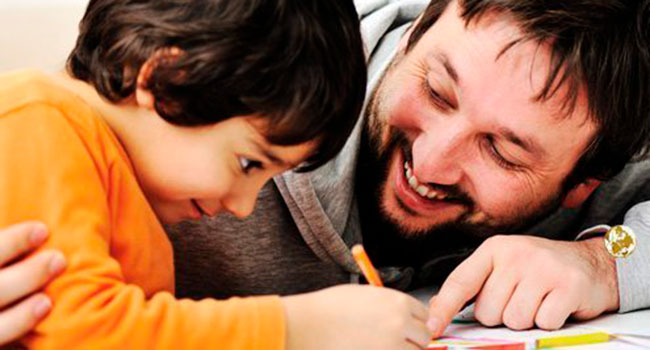By Angela MacLeod
and Joel Emes
The Fraser Institute
Back to school is an expensive time for Canadian families. Whether it’s new shoes, school supplies, a bus pass or a new computer, families often take a closer look at their budgets to account for the extra spending. It’s also a good time to take a closer look at how much is spent on public schools.
Education is an area of provincial jurisdiction so it’s up to each province to determine how much they spend on public schools. There’s a general perception that education spending has been cut and public schools are being forced to figure out how to do more with less.

But how true is this impression?
A recent Fraser Institute study looks education spending by province and how it has changed over time. Spending on public schools has increased in every province over the last decade.
Nationally, spending on public schools increased from $46.4 billion in 2005-06 to $63.9 billion in 2014-15 (the last year of available data) – an increase of 37.7 per cent. British Columbia had the smallest spending increase (12.6 per cent) and Saskatchewan had the largest (65.0 per cent).
However, looking at nominal spending increases only tells part of the story. To really understand what’s happening with education spending, changes in student enrolment must be considered. If total spending remained completely flat while enrolment shrunk, this would actually constitute an increase in per-student spending.

In Canada, the number of kindergarten-to-Grade-12 students attending public schools dropped 3.0 per cent between 2005-06 and 2014-15. Only two provinces saw an increase in public school enrolment – Saskatchewan, with a small increase of 0.3 per cent, and Alberta, with an increase of 14.1 per cent.
Every other province saw a decrease in the number of public school students, ranging from 1.4 per cent in Manitoba to 16.1 per cent in Nova Scotia.
We must also account for price level (inflation) changes over time. To get the most accurate picture, spending is adjusted for price changes and enrolment changes. For Canada, average per-student spending rose from $10,339 in 2005-06 (using 2015 dollars) to $12,646 in 2014-15, an increase of 22.3 per cent.
Every province increased per student spending, ranging from a 14.0 per cent in B.C. to a whopping 41.8 per cent in Prince Edward Island.
Even after adjusting for inflation, all provinces are spending substantially more per student today than a decade ago. This flies in the face of the narrative that education funding has been slashed or that our schools are starved for resources.
Just as back to school can consume a large portion of a family’s budget, spending on public schools consumes a large portion of provincial budgets. It’s important to measure what’s actually being spent and not simply go along with misguided perceptions.
Angela MacLeod and Joel Emes are analysts at the Fraser Institute.
Angela and Joel are Troy Media Thought Leaders. Why aren’t you?
The views, opinions and positions expressed by columnists and contributors are the author’s alone. They do not inherently or expressly reflect the views, opinions and/or positions of our publication.
